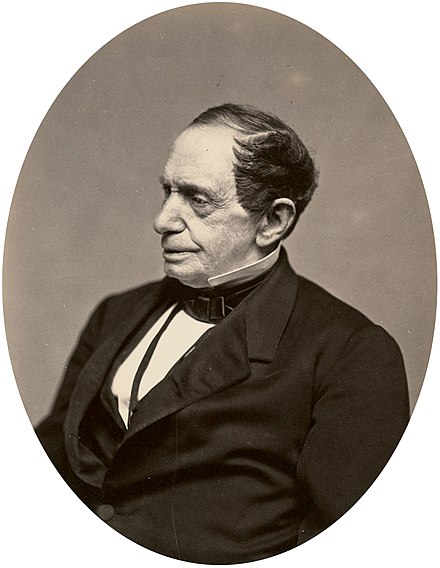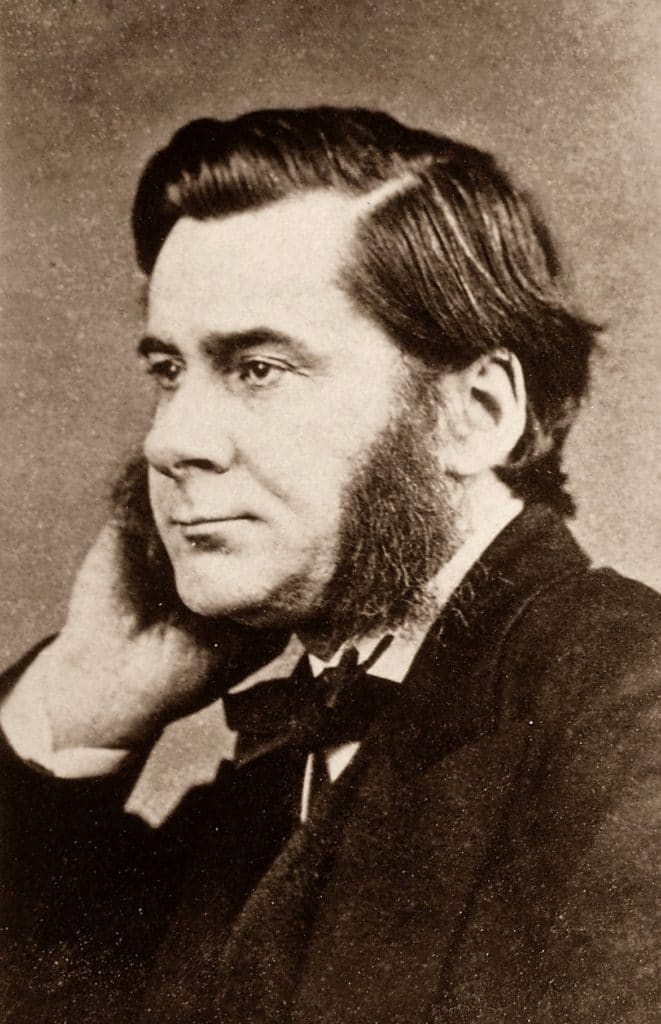The Great Influenza 2: American medicine finally catches up
These are notes taken from John Barry’s excellent book The Great Influenza. It’s a fascinating study in what is still the worst pandemic in history to strike humans. There are so many comparisons one can make to what is happening now—although I see so many on social media drawing the wrong conclusions about pandemics and how to protect against their spread. The amazing thing about the Spanish flu of 1918 is how its arrival happened at a great confluence of science, medicine and personalities.
Barry writes that the revolution of modern science and medical science began as science focused on what to how. In other words, methodology, research, empirical evidence. For most of history investigators into science relied too much on reason, on their own minds. They could know something if their logic followed a sound premise. Their premises were based primarily on observation. For example, I recall reading in another book on medical history how infusing an irrational, out-of-control man with calf’s blood should make him calm, because a calf was gentle by nature. (Probably it calmed him, right to his death)
This belief in reason alone actually blinded us. For 2,500 years medicine made almost no progress. The Hippocratic texts relied on passive observation and active reasoning, not scientific testing method. Doctors believed that natural processes should not be interfered with.
But in 1798, experimentation and methodology started to take root. The English doctor Edward Jenner, after overhearing a milkmaid say that she couldn’t get smallpox because she had had the cowpox, experimented with cows, and found that exposure to cowpox immunized one. Though this had been known in China and India for years, what made this a stand-out was his methodology and rigorous testing.
But this was late to come to the US. Dr. Benjamin Rush in Philadelphia, one of our premier physicians, still applied the observation method. He was advocate of venesection! (Read: “bleeding”) Meanwhile Pierre Louis (of the French School 1800-1850) created for first time a database by comparing cases. Disease began to be seen as something that entered the body, and not as something wrong with the blood. We so take this for granted now, but then, this actually was not realized till the mid-1800s.
Paris was the medical Mecca then. In 1853 Dr. John Snow applied mathematics as an epidemiologist, observing the cholera outbreak in London, and gathering data by going door to door, and interviewing the families of the dead—and basically gave birth to public health. (He also used anesthesia on Queen Victoria, when she gave birth to her ninth and last child! And we know she is the carrier of the “Royal Disease” –aka hemophilia) Only in 1830, did physicians began using a microscope in Europe. The Germans used it the most. In fact, Dr. Jacob Henle was the first to formulate the modern germ theory.

Medicine was evolving and not soon enough. And not fast enough in America. We lagged behind Europe in all things medical. But that soon changed.
In 1873 Johns Hopkins, American entrepreneur died, and left a trust of a staggering $3.5 million to found a university and a hospital. He and his trustees were Quakers, and they decided to model the new institution after German universities. It opened in 1876 and by 1914 the American medical science caught up to Europe.
And it was just in time. A viral juggernaut was about to strike the US, and then, the rest of the world.
Next week: the Spanish flu starts in Kansas.



